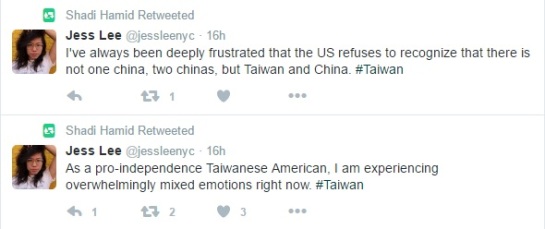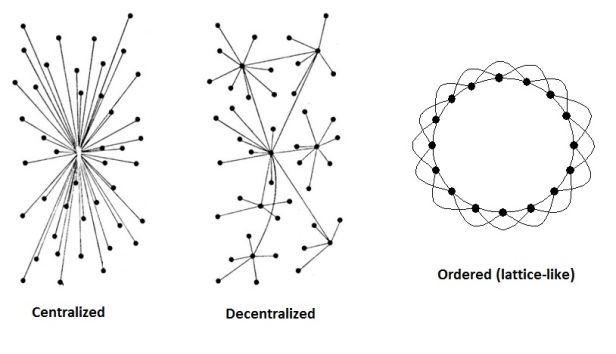Even in paradise, migration engenders violence.
I’ve been reading Ian Baker’s Heart of the World. It’s a travelogue about Baker’s journeys into the Tsangpo Gorge, which lies in the tribal areas along Tibet’s border with the northeastern India frontier. This is where rivers flowing from the Himalaya descend rapidly into the fertile forests of the subcontinent. It is the land that gave rise to the myth of Shangri-La. It’s also a land rich with ethnic and linguistic diversity, whose inhabitants show no willingness to get with the global program and open their economies and genetics to the world market. They don’t like each other and they really don’t like Chinese imperialists.
Baker is refreshingly candid about the ethnic violence the area has witnessed over the past century and a half. He has lived and traveled in southern Tibet and northeastern India for many years, which probably explains why he harbors no noble savage delusions. As I’ve been reading the book, I’ve been reminded that human migration need not happen over thousands of miles—and it need not involve people of wildly different ancestries—to yet give rise to conflict. (Americans should be thankful that the redneck migrations of the Dust Bowl and Great Depression didn’t give rise to anything worse than, well, The Grapes of Wrath.)
Much migration in southern Tibet, according to Baker, was instigated by the Chinese reinforcing their control over the region. (Though it may shock some Westerners, conflict over Tibetan sovereignty long predates Richard Gere.) One of the migratory events described by Baker was caused by Zhao Erfeng’s “punitive expedition” into the Kham region of Tibet in 1905, an expedition designed to “implement a process of sinification” at the behest of the Qing government. Wikipedia doesn’t mention any bloodshed, just destruction of property, but the ethnic Khampa Tibetans must have heard rumors of killings because many fled for their lives at the approach of the Qing commander. (Baker confirms that similar “sinifications” did indeed involve small-scale genocide: at a place called Showa, “Chinese forces decapitated all but two queens and a fourteen year old princess.”)
Where did these Khampa migrants go? Good Buddhists with nothing to lose, they went in search of paradise. Baker narrates:
One hundred Khampas in flight from mounting Chinese oppression had journeyed to [a] remote valley, where they built a temple—Karmoling—from timber and bamboo and set up a base from which to search for Chime Yangsang Ne, the paradisiacal sanctuary described in Padmasambhava’s prophecies.
. . . The texts described a “secret path” through dense forests and enumerated many dangers, such as tigers, leopards, and venomous snakes, that seekers would face en route. But they failed to indicate what would turn out to be the pilgrims’ greatest obstacle: the hostile tribes that confounded their every effort to journey further up the valley.
In short: the Chinese pressed, the Khampa retreated, and their retreat was headed off by local ethnic tribes. This, in miniature, is the story of much human migration in the region. An outside power moves in and old residents exit right into territory held by some other group. Conflict ensues. (Indeed, isn’t this the story of all human migration everywhere? Terrestrially bound, humans who exit-in-space never find a clean getaway.)
Baker continues:
Two thousand more Tibetans set out from eastern Tibet to join the remote colony of pilgrims . . . Many starved when the valleys proved unable to support such large numbers. The Tibetan settlers who stayed were increasingly harassed by the Chulikata Mishmis. As quarrels escalated, the tribesmen began burning the Tibetans’ crops and houses, setting traps along jungle paths, and shooting at them with poisoned arrows.
To be fair, Baker notes that other Mishmi tribes had better relations with resettled Tibetans. But conflict was the general rule. Writing in 1905 about the region and its array of ethnic groups and tensions, a British explorer named Frederick Bailey stated that,
For many many years the southern border between the Poba territory and that of the independent Abors and Lopas remained undefined and, as is usual with these people, the frontier villages remained in a perpetual state of war.
“Perpetual war” in Shangri La. Wherever you find humans, you will find human migration, and wherever you find human migration—even on a small scale—you will find conflict and violence.

